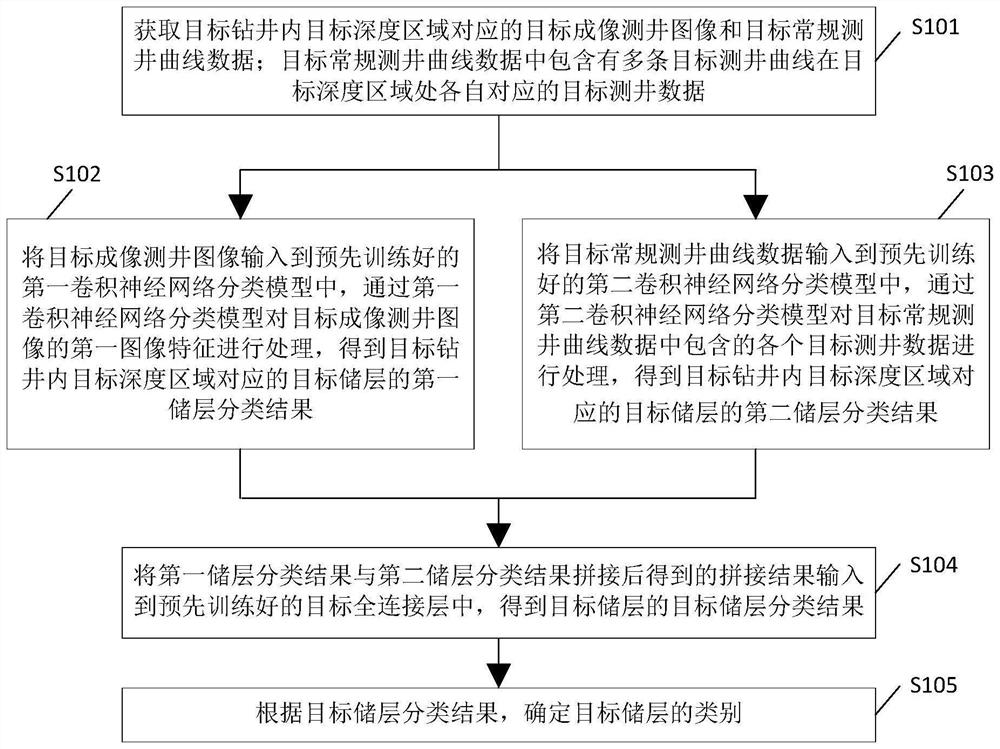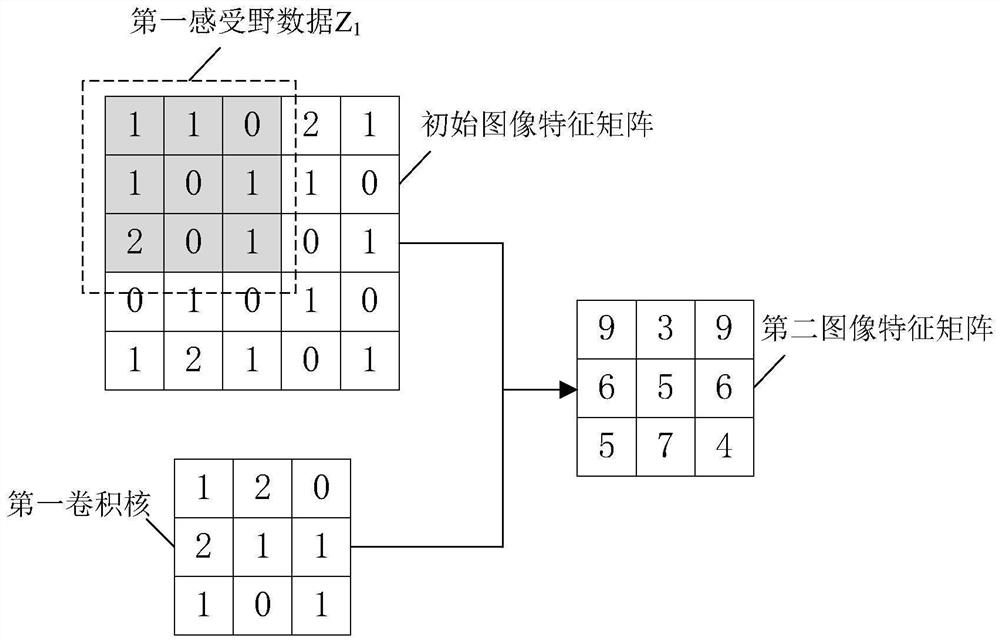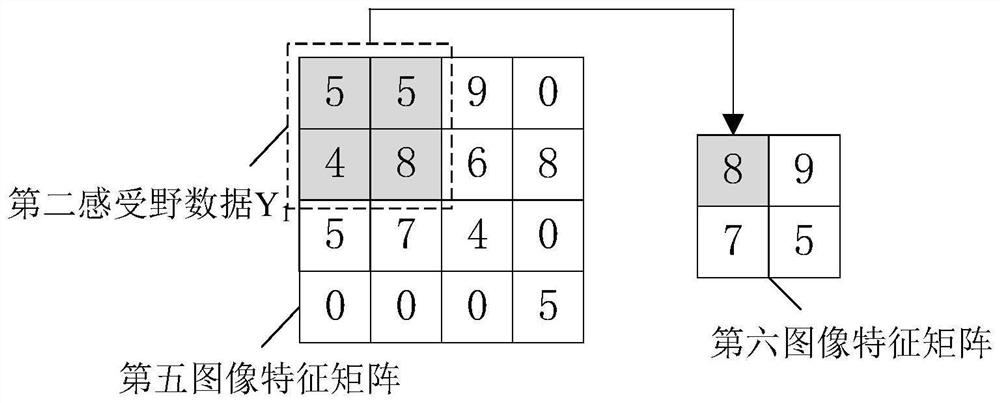Reservoir classification method and device, electronic equipment and computer readable storage medium
A classification method and reservoir technology, applied in the computer field, can solve the problems of low classification accuracy and low work efficiency, and achieve the effect of improving accuracy and work efficiency.
- Summary
- Abstract
- Description
- Claims
- Application Information
AI Technical Summary
Problems solved by technology
Method used
Image
Examples
Embodiment 1
[0098] In order to facilitate the understanding of this embodiment, a method for classification of reservoirs disclosed in the embodiment of this application is first introduced in detail. figure 1 A flow chart of a method for classification of reservoirs provided by the embodiments of the present application is shown, as figure 1 shown, including the following steps:
[0099] S101: Acquire a target imaging logging image and target conventional logging curve data corresponding to a target depth area in a target well; the target conventional logging curve data includes target logs corresponding to multiple target logging curves at the target depth area data.
[0100] Substances such as oil and natural gas are stored in the target well, wherein the oil or natural gas is stored in the target well through the reservoir. The reservoir has interconnected pores that allow oil or natural gas to be stored in the target well through the reservoir.
[0101] The target well can be a ne...
Embodiment 2
[0238] Based on the same technical concept, the embodiments of the present application also provide a reservoir classification device, Figure 4 A schematic structural diagram of a reservoir classification device provided in an embodiment of the present application is shown, as Figure 4 As shown, the device includes:
[0239] The first acquisition module 401 is used to acquire the target imaging logging image and target conventional logging curve data corresponding to the target depth area in the target well; the target conventional logging curve data includes multiple target logging curves in the The corresponding target logging data at the target depth area;
[0240] The first input module 402 is used to input the target imaging logging image into the pre-trained first convolutional neural network classification model, and the target imaging logging is performed by the first convolutional neural network classification model The first image feature of the image is processe...
Embodiment 3
[0277] Based on the same technical concept, the embodiments of the present application also provide an electronic device, Figure 5 A schematic structural diagram of an electronic device provided by an embodiment of the present application is shown, such as Figure 5 As shown, the electronic device 500 includes: a processor 501, a memory 502 and a bus 503, the memory stores machine-readable instructions executable by the processor, and when the electronic device is running, the processor 501 and the memory 502 communicate through the bus 503 , the processor 501 executes machine-readable instructions to perform the method steps described in the first embodiment. Refer to the description of Embodiment 1 for the specific execution method steps and principles, which will not be described in detail here.
PUM
 Login to View More
Login to View More Abstract
Description
Claims
Application Information
 Login to View More
Login to View More - R&D
- Intellectual Property
- Life Sciences
- Materials
- Tech Scout
- Unparalleled Data Quality
- Higher Quality Content
- 60% Fewer Hallucinations
Browse by: Latest US Patents, China's latest patents, Technical Efficacy Thesaurus, Application Domain, Technology Topic, Popular Technical Reports.
© 2025 PatSnap. All rights reserved.Legal|Privacy policy|Modern Slavery Act Transparency Statement|Sitemap|About US| Contact US: help@patsnap.com



